The Norwegian Elkhound is a breed of dog that was first bred to hunt elk and other wildlife. They are part of Norway’s national heritage and are known for their endurance, intelligence and loyalty to their owners.
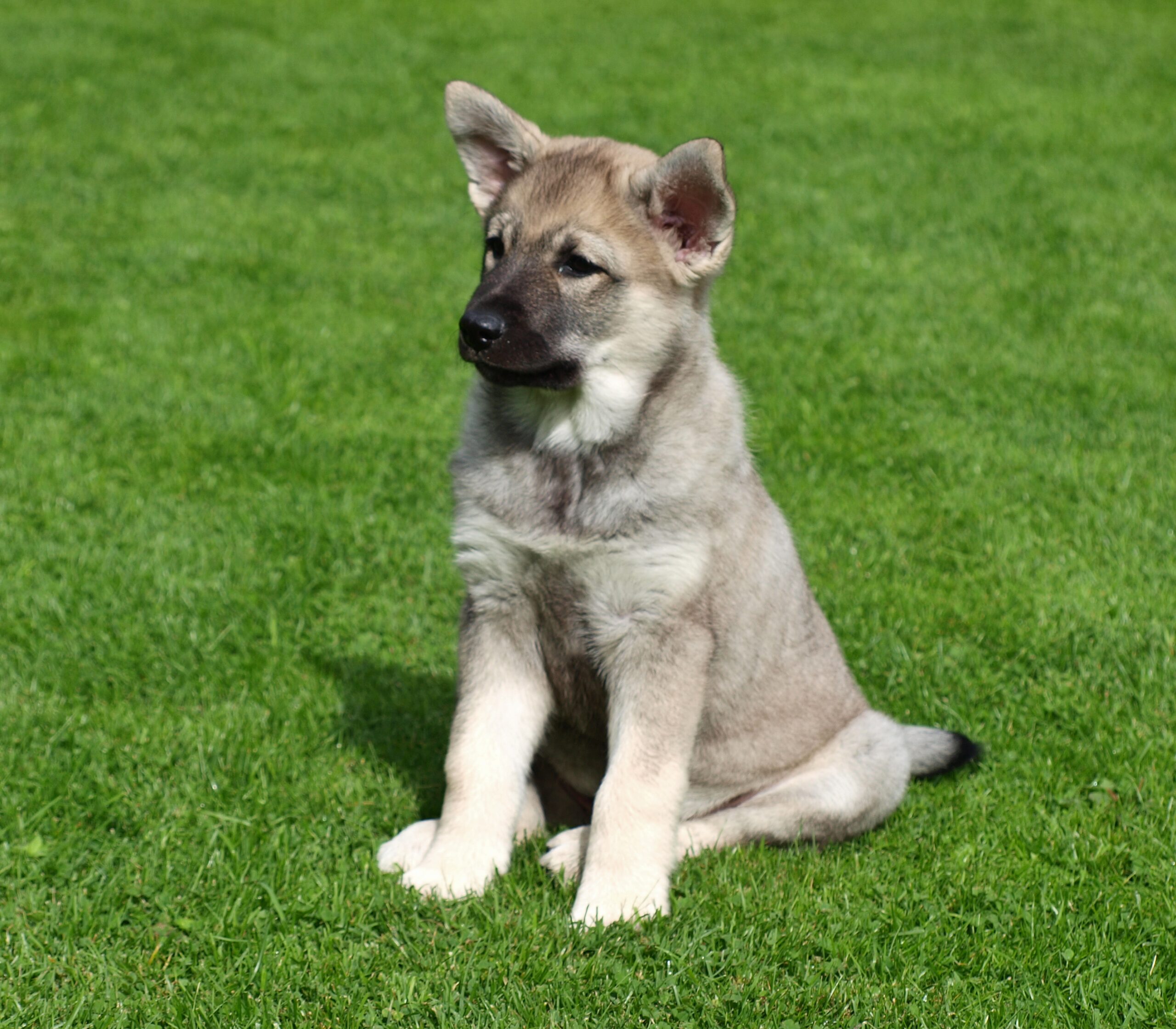
Breed description
- Origin History The Norwegian Elkhound was bred in Norway in ancient times to hunt elk and other wild animals. They were used by the locals to hunt birds and animals, as well as to guard property and accompany people to long distances.
- Character and behavior The Norwegian elkhound has a friendly but independent nature. They trust their owners and are ready to protect them under any conditions. They also get along well with children and other pets.
- Appearance The Norwegian Elkhound has a medium length coat with thick undercoat, making them ideal for living in cold climates. They have an elongated muzzle as well as a strong build and powerful paws.
- Size and weight The Norwegian Elkhound reaches a height at withers of 45 to 52 cm and weighs between 20 and 30 kg.
Care and maintenance
- Feeding requirements The Norwegian Elkhound needs a rich and varied diet, which should include meat, vegetables and grains. It is important to watch the dosage to avoid overweight, which can be detrimental to the dogs health
- Physical Requirements The Norwegian Elkhound is a hardy breed that needs regular exercise. They need long walks and active play to keep them fit and healthy.
- Hair Care The Norwegian Elkhound’s coat requires regular care. They need daily brushing to avoid tangles and lumps. During the moulting period, they need to be brushed even more often to avoid hair loss.
- Training and socialization The Norwegian Elkhound needs regular training and socialization. They should be taught basic commands and rules of social behavior. It is also important to ensure they have enough contact with other dogs and people to avoid aggression and behavior problems.
- Health The Norwegian Elkhound is a breed that is prone to certain diseases such as hip dysplasia, glaucoma and other vision problems. Therefore, regular veterinary checkups and taking care of their health is very important.
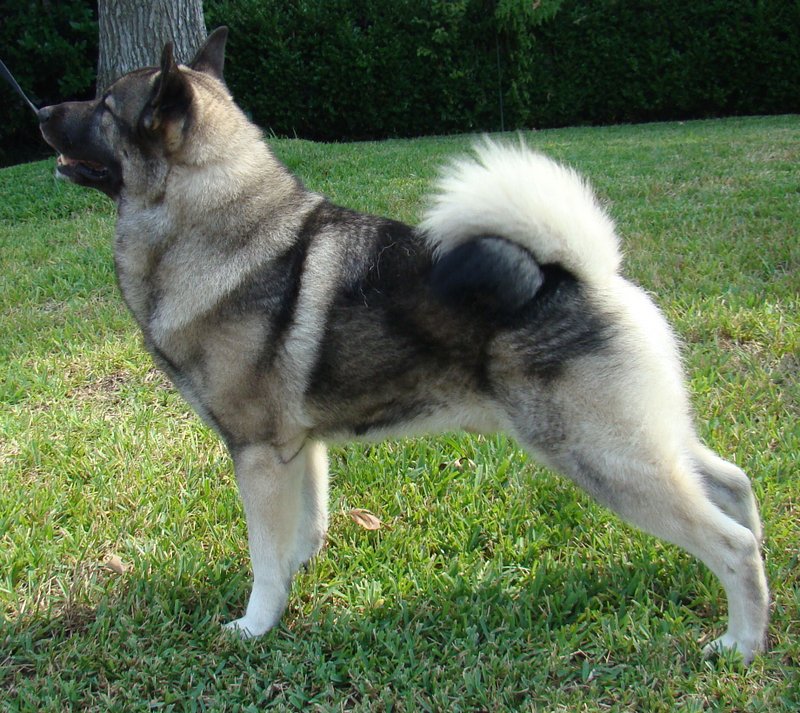
Pros and cons of the Norwegian Elkhound
Pros:
- Intelligent and loyal: Norwegian Elkhounds are very intelligent dogs that are easy to train and quick to follow commands. They are also very loyal to their owners and are willing to protect them in any conditions.
- Good hunters: This breed was originally bred for hunting elk and other game, and still does so well.
- Hardy: Norwegian Elkhounds have high stamina and need regular exercise.
- Good with kids: Norwegian Elkhounds are friendly dogs that get along well with children and other pets.
Cons:
- Independent: Norwegian Elkhounds can be independent and stubborn, which can make them difficult to train and require patience and persistence from the owner.
- Require a lot of grooming: Norwegian Elkhounds need regular coat care, exercise and training, which can be difficult for busy people.
- Prone to disease: Like many other dog breeds, Norwegian Elkhounds can be prone to certain diseases, such as hip dysplasia and vision problems.
- Noisy: Norwegian Elkhounds can be noisy, especially if they are not taught proper behavior from a young age.
Overall, the Norwegian Elkhound is a breed that can be a great choice for those who are willing to devote enough time and attention to them. However, like any dog breed, they have their pros and cons to consider when choosing a breed for yourself.
How does the Norwegian Elkhound treat children?
The Norwegian Elkhound is a dog breed that is usually very friendly and loyal to children. They can make excellent companions and play partners for children of all ages. They can also protect children and accompany them during walks and playtime.
However, as with any dog breed, certain precautions must be taken when interacting between children and Norwegian Elkhounds. Children should be taught to communicate properly with dogs and to respect their space and boundaries. It is not recommended to leave small children unattended in the presence of a dog.
It is also important to remember that even the friendliest and most loyal dogs can become aggressive if they feel threatened or tense. Therefore, it is important to monitor the dog’s behavior and teach children how to handle the dog properly to avoid unpleasant situations.
Overall, the Norwegian Elkhound is a dog breed that can be a great partner and friend for children, as long as certain precautions are followed and the dog is properly socialized and trained.
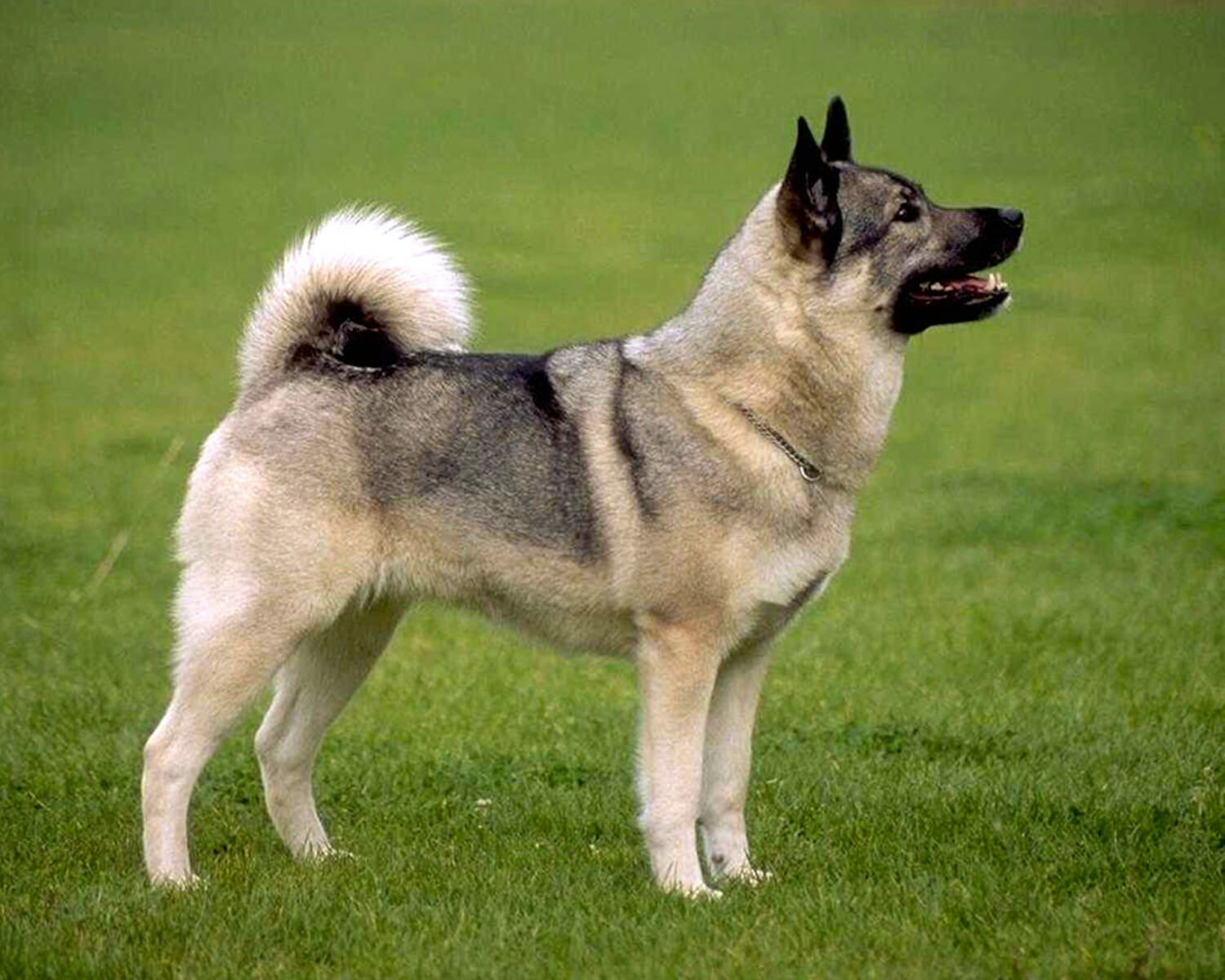
Top 10 facts about the Norwegian Elkhound:
- The Norwegian Elkhound is an ancient breed of dog that was bred to hunt elk and other wildlife.
- Their name “Elkhound” comes from the word “elk,” which means “moose” in Norwegian.
- Norwegian Elkhounds have a thick coat that allows them to live in cold climates.
- They are hardy dogs that need regular exercise and an active lifestyle.
- Norwegian Elkhounds are friendly and loyal to their owners, but can be stubborn and independent.
- They can be used for a variety of purposes, including hunting, guarding and rescue operations.
- Norwegian Elkhounds can bark loudly and persistently, especially if they feel threatened by their owners.
- They are a breed of dog that needs regular interaction with people and other animals to avoid aggression and behavior problems.
- Norwegian Elkhounds can be prone to diseases such as hip dysplasia and glaucoma.
- The Norwegian Elkhound is part of Norway’s national heritage and one of the most popular breeds in the country.
Conclusions
The Norwegian Elkhound is a dog breed that has many unique and interesting features. They are loyal, intelligent, hardy, and get along well with children and other pets. However, before choosing this breed, one must consider their independent nature, their need for regular exercise and coat care, and their tendency to get sick.
Norwegian Elkhounds are an excellent choice for those who are willing to devote enough time and attention to them, and who want a loyal and intelligent pet. They can be used for a variety of purposes, including hunting, guarding, and rescue operations, or they can simply live as a pet. However, like any breed of dog, they are not suitable for everyone, and it is necessary to choose a breed seriously and provide them with adequate care and attention.
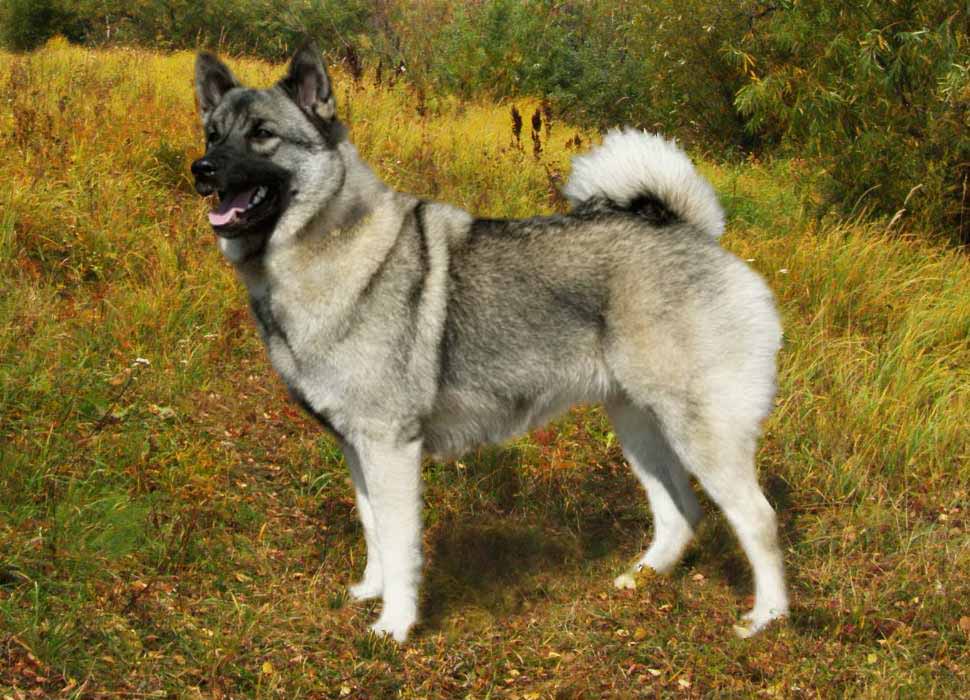

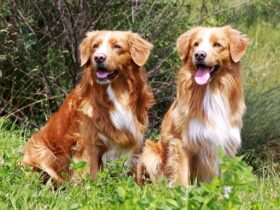

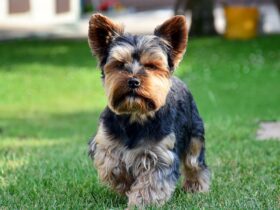
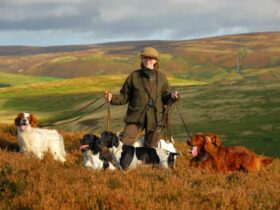
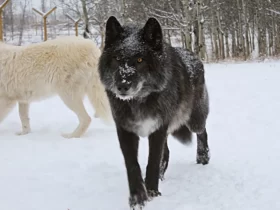
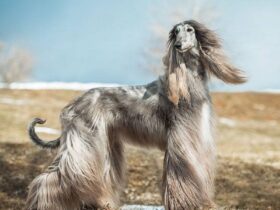

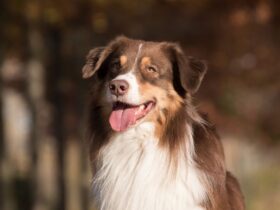
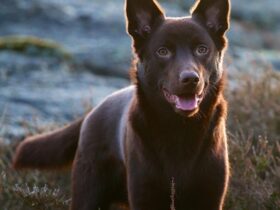
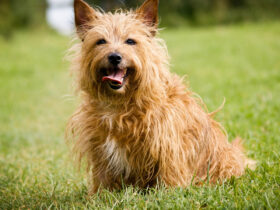
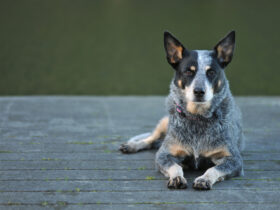
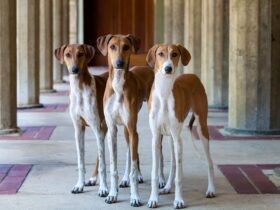
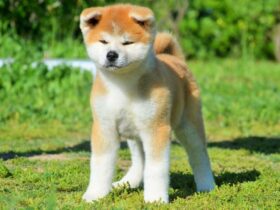
Leave a Reply